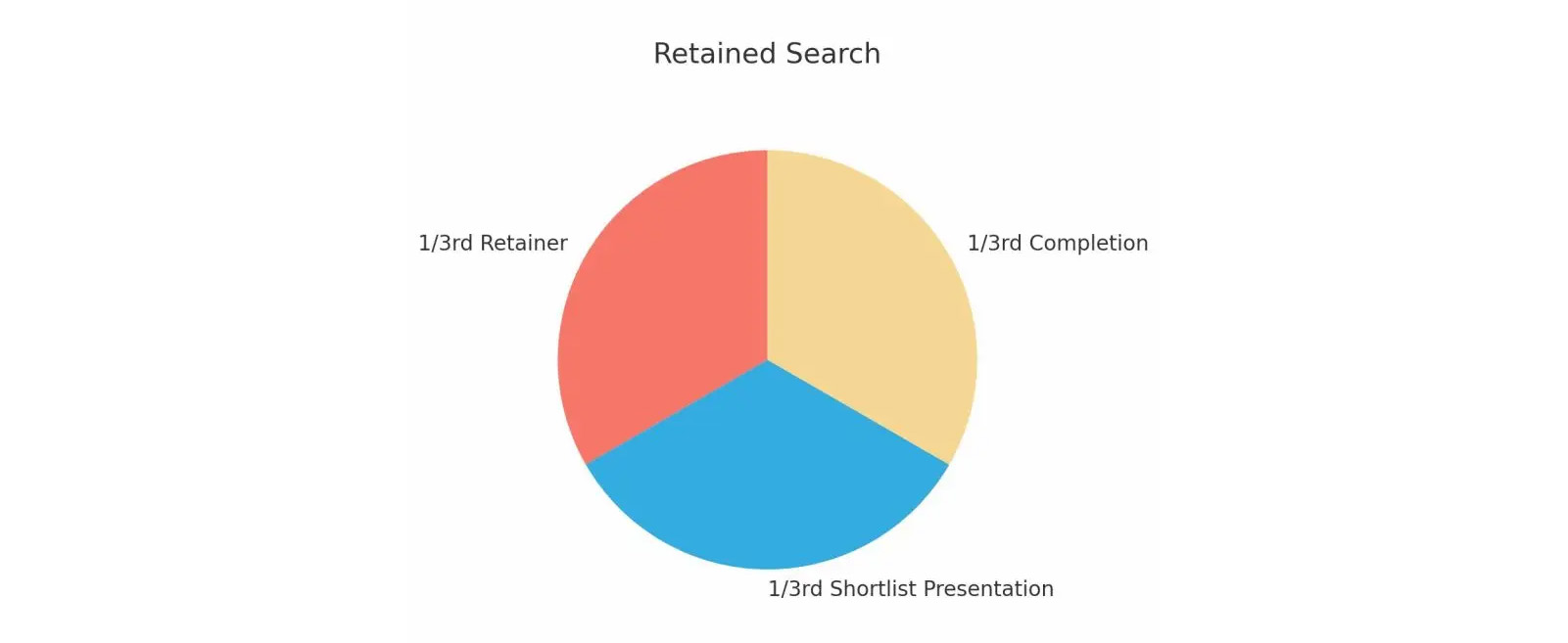So, salaries are rising, no surprises there but where are they going up most? This where our global treasury salary survey really offers the most invaluable insights for clients.
In the UK we have seen very moderate salary rises, in Europe there have much higher increases and in the USA in extremely high growth cities and expensive cities such as New York, and up and down the East Coast, the West Coast in California, we are seeing some exceptional increases in salary levels to acquire the right talent.
Overall, there are rising levels of compensation driven by geography not that surprising, but I think the pay rises demonstrate the value of treasury, and its people recognizing that if they want to get the best treasury staff, they must pay them often a premium to secure the brightest talent too!
Treasury is really being recognized as a specialized discipline and the value treasury professionals offer. When treasury was recognized as a specialist discipline 20 years ago, I saw treasury professionals earning a premium salary. People were saying treasury, which is special, we need to pay more for those people, great news they said, it also happened in areas such as tax. It offered far higher salaries than professionals who worked in general finance.
But a serious downside emerged, many treasurers became ‘separated’ from the business. They were seen as specialist providers who were often seen as being slightly outside of the mainstream of the business itself, they were money managers / risk mitigators in the corner office.
Treasury has spent, the past 10 to 15 years trying to get back into the business mainstream and it is finally doing it. Not always, but they are finally ‘re-integrating’ into for the most part!
I think that’s key, and our surveys highlight the fact that the strategic treasury positions do demand a higher salary if you want the right specialists in place. But the same can be said for others in the finance team. You want a strong CFO; you are going to pay more for them, if you want a great treasury person, the same, if you want a great tax person, the same again.
So, I think, again, that is one of the things you notice here. Our surveys span the globe, but we are always here to give individual advice about a country or region within a specific territory.
If I’m a client or candidate, can you offer me individual advice?
We are often asked by clients and candidates; can you advise us about salaries in our local area?
Yes. We can do that. That’s why we are here!
We can help if you want to know;
- How does my salary compare to Central London?
- How does it compare to Brussels, Amsterdam, the Netherlands? Benelux?
- How does a different part of the country across Europe compare?
- What are salaries doing in the Middle East?
- What are salaries doing in the USA whether that’s West Coast, Midwest, or the East Coast?
It all varies widely. But that is why we are here because we talk to Treasury professionals across the globe.
Our survey shows the growth rates across each of the salary levels, each of the levels, and the different local and global economic conditions all impact treasury compensation.
To illustrate this if I take one example of the most senior level position in our survey, Global Treasurer / Treasury Director. It is interesting as in certain regions one might look at the figures and say the salary level has dropped. For instance, in the 2024 survey the average salary of a Global Treasurer / Treasury Director in the UK was around £320,000 but then in the survey it dropped to £300,000.
But it didn’t drop. What happened was that as our pool of participants at the senior level expanded, in this case the survey sample grew from 18 to 25, it gave us more distinct average of what a Global Treasurer in the UK earns.
When you compare it to our US sample, the average salary with 35 participants in 2023 was circa $390,000 and it stayed the same even as the sample size increased to 61participants, the average salary was $392,000. Showing that we have the right median.
That is one of the key things that we possess this knowledge as we grow and expand, and we continue to survey the market. We have these different levels and at the other end of the scale at the most junior level there are Treasury Analysts / Dealers.
Depending on the levels, again, in the US, our survey showed that the median shifted, from $91,000 to $88,000. But the actual survey sample size nearly doubled. So, what we are showing is we have incredible insights into the state of salaries throughout all levels of treasury – if anyone needs individual advice, we are here to give that as well as that is one of the things we do.
So it’s just about my salary then?
Salary is one factor, and the numbers say one thing. However, it is not all about the numbers. That is what we have always said. Salary does not actually determine whether someone stays with your company or leaves.
We survey the market. There are several factors.
Yes salary is part of the decision-making process behind someone moving on but equally soare the non-monetary factors. Treasury professionals want roles that not just come with reasonable levels of reward, but also a supportive boss, supportive management and team, a clear progression path.
We get this by, once again, finding out that the top reason people leave is not because of salary. It is because they are not being satisfied in the work that they do.
It is often at a later stage, when they are not being rewarded enough that becomes the tipping point to someone decided to move on. Before that, our salary surveys show time after time, it is about having a good boss, having work that they enjoy. Salary, depending on the groupings is fourth or fifth, in terms of why people are looking for a new role.
“I BELIEVE REMOTE WORKING IN TREASURY WILL DIE OUT!”
As well as job satisfaction per se, I have talked and been interviewed about my thoughts about the new world of hybrid. And I have said before and I will again, that the world of remote work in treasury will die out.
It is dead. 100% remote working within treasury, I do not think is going to last in the future. I think it will die out because treasury by its very nature is a collaborative discipline.
There are some more specialized disciplines within finance, which I think do lend themselves more readily to remote working. However, I do not think that is the case with treasury.
Treasury professionals want to collaborate and work with each other for anywhere between 2 to 4 days a week. But the 4-day week will be infrequent rather than an ‘all-the-time’ arrangement – the general average is 2 to 3 days in office.
This means that people are working as a team. They are growing as a team. They are training as a team, and they are very collaborative in the way that they work.
It is a blend of both on-site whilst adapting to couple of days a week being more task focused, and that’s where treasury is adaptable. As employers you need to embrace the idea that they have set ups that allow for a blended office work experience with teamwork and on-site not being mandatory, but rather encouraged and embraced when necessary.
Our treasury salary survey gives amazing insights into salary levels. We often disagree with some of the thing’s economists say about percentage increases between this quarter and the next.
One example is that I recently saw a survey that said in general, base salary levels are rising on a quarterly basis by 5%. I have not seen those rises.
Pay rises are more granular, and it is more complicated than just broad-brush strokes saying, oh, there has been a 5% rise in overall salaries everywhere.
There might be at certain levels. There might be a 10% rise at certain levels within certain specialist treasury positions, but treasury is a specialist discipline.
To conclude, our survey gives amazing insights into not only salaries, but also the treasury profession.
It highlights why Senior Finance professionals, whether they are Treasury Managers, managing mostly junior members of the team through to Global Treasurers or indeed CFOs need to embrace new work models, technologies, and think about how to help the finance professionals within their organizations function and stay effective within what is a still fluctuating economic backdrop.
Both individuals and organizations alike, particularly within the treasury arena, need to adapt to these emerging changing emerging trends.
Flexibility, technical technology integration, and a renewed focus on job satisfaction are going to be key in attracting and retaining treasury talent within the corporate treasury sector, not just for this year, but for years to come.
Final words
Thank you to all those who take part in our Salary Surveys. It is only with your input that we can offer the insights into the state of the Global Treasury Recruitment market.
We are aware that competitors create surveys simply to have something to talk about on LinkedIn with your support our 100% real survey, offers unique value; “we use real data from treasury professionals, to give a one-of-a-kind treasury salary survey for treasury professionals globally”.
Please share our survey within your treasury network – colleagues, team members, superiors. The few minutes they give to the survey make it the powerhouse it is to this day!
Any suggestions on its content or areas to be explored are welcome. With your help, every day we improve the survey, thanks for your support.
Many thanks from me, Mike Richards, CEO of The Treasury Recruitment Company, I appreciate it!
Please Take Part In Our Ongoing Treasury Salary Survey!
This comprehensive survey is the foremost benchmarking tool for Treasury sector salaries. It gathers data from Treasury professionals worldwide, ranging from Treasury Analysts to Group Treasurers. By participating, you’ll gain exclusive access to the full results at no cost.
We are gearing up for the 1st set of results for 2024, we invite you to join them. Upon confirming your status as a Treasury Professional, you’ll receive a complimentary copy of the latest set of results and you are then included from then on!
All we ask is that you update your salary information whenever you get a well deserved pay rise 😉
Take the Salary Survey Find out more




